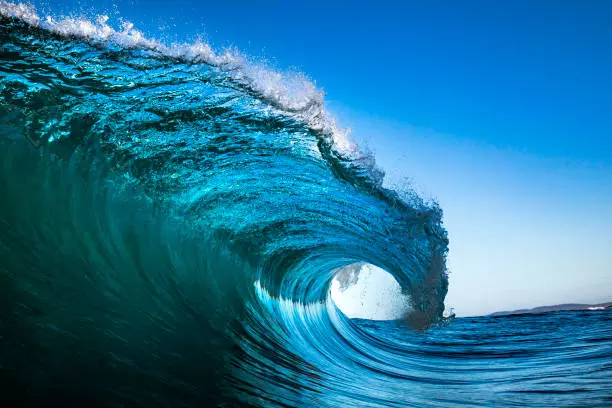
Why a Japanese comic book’s July 5 tsunami prophecy has sparked panic
The prediction, based on a dream, describes a devastating disaster set to occur on that date, fuelling widespread panic on social media

Rumours are circulating online about a massive tsunami expected to strike Japan on July 5, 2025, inspired by a 2021 comic book titled The Future I Saw by Ryo Tatsuki, often referred to as the “New Baba Vanga.”
The prediction, based on a dream, describes a devastating disaster set to occur on that date, fuelling widespread panic on social media. It claims that a crack will emerge beneath the seabed between Japan and the Philippines, unleashing a tsunami three times more powerful than the one in 2011. The comic book gained notoriety for reportedly predicting the 2011 Great East Japan Earthquake and tsunami.
Swarm of earthquakes
The prediction has gone viral, with thousands of videos spreading across social media platforms, particularly in East Asia, including Hong Kong, Taiwan, China, and South Korea. Posts on X have heightened the panic, with many users linking the prophecy to fears of a Nankai Trough megaquake.
A recent swarm of over 330 earthquakes near Japan’s Tokara Islands and a volcanic eruption on Mount Shinmoe in Kyushu have added to the anxiety, as they align with the comic book’s predicted timeline. While seismologists have dismissed any connection, the timing has intensified public concern.
Also read | Japan Airlines flight drops 26,000 feet mid-air; lands safely
A recent survey by Sky Perfect JSAT in June revealed that 49.4% of Japanese respondents were aware of the prophecy predicting a major earthquake, while 50.6% had not heard of it. The nationwide survey, which included 1,000 individuals aged 15 to 69, found that teenage girls (61.4%) and women in their fifties (57.8%) were the most aware of the rumours. Among men, awareness was highest among teenagers (54.2%) and those in their twenties (51.8%), according to a report by Nippon.
Tourists spooked
The prediction has begun to impact Japan’s economy, with airlines such as Greater Bay Airlines cutting back on flights and a 30 per cent decline in bookings reported. Despite the absence of scientific evidence backing the claim, several tourists from East Asia have cancelled or are reconsidering their travel plans to Japan. Travel reservations to Japan have seen a sharp drop, especially from Hong Kong, China, Thailand, and Vietnam, as the prophecy fuels growing apprehension among tourists.
The Tottori region in southwest Japan has been particularly affected, with a nearly 50 per cent drop in bookings from Hong Kong in May. As a result, Japan's tourism industry could face significant losses due to the rumours, with potential losses estimated at $3.9 billion, according to Takahide Kiuchi, an executive economist at Nomura Research Institute.
‘Don’t take it seriously’
Interestingly, the comic book’s author, Ryo Tatsuki, has advised people not to take her predictions too seriously and to rely on expert guidance. In a recent interview, she urged readers to stay calm and not be swayed by her forecasts, emphasising the importance of trusting expert opinions instead.
Also read | Tsunami warning issued after 7.1 magnitude earthquake near Tonga
Meanwhile, experts are urging the public to remain calm, noting that accurately predicting earthquakes is not scientifically possible at this time. Prof Naoya Sekiya of the University of Tokyo stressed the importance of being prepared for disasters at all times, rather than placing trust in unverified predictions.
Miyagi Prefecture Governor Yoshihiro Murai voiced concern over the impact of these rumours on tourism, emphasising the importance of relying on verified information. Speaking at a press conference, he stated, “It is a serious issue when the spread of highly unscientific rumours on social media affects tourism.” Governor Murai identified the spread of online misinformation as the core of the problem.

